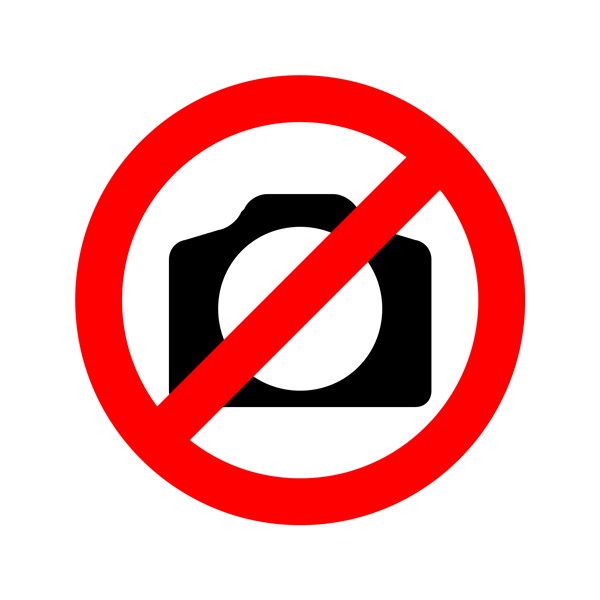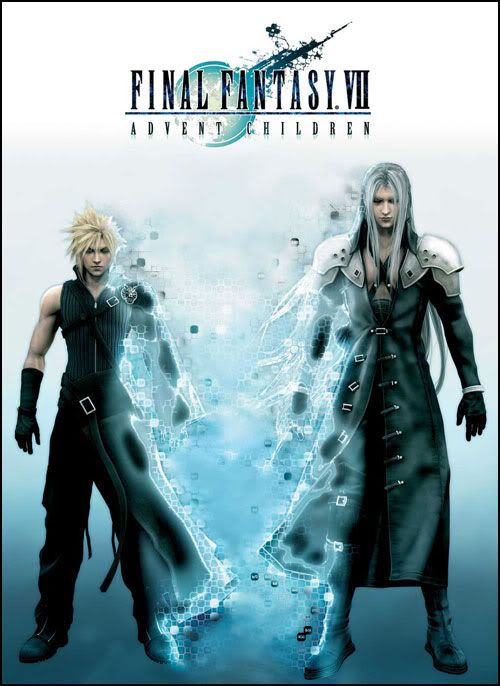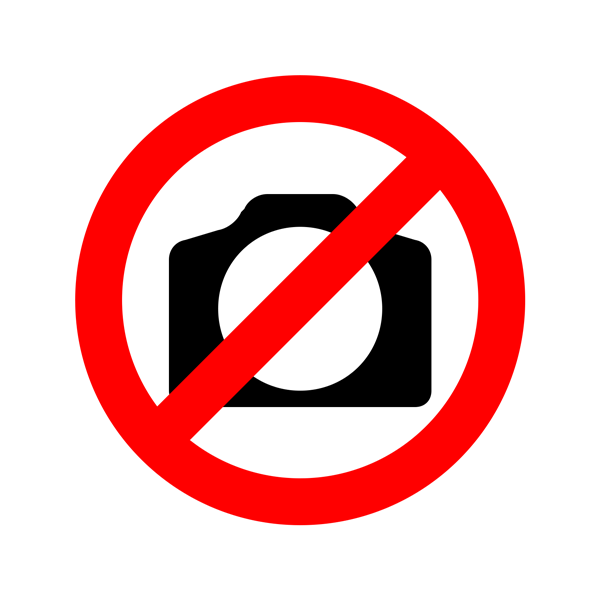


Final Fantasy (ファイナルファンタジー Fainaru Fantajī) is a media franchise created by Hironobu Sakaguchi and owned by Square Enix that includes video games, motion pictures, and other merchandise. The series began in 1987 as an eponymous console role-playing game (RPG) developed by Square, spawning a video game series that became the central focus of the franchise.[1][2] The franchise has since branched out into other genres and platforms, such as tactical RPGs, portable games, a massively multiplayer online role-playing game, and games for mobile phones. As of March 2007, there are twenty-eight games in the franchise—including twelve numbered games and numerous spin-off titles.[3] The series has spurred the release of three animated productions, two full-length CGI films, and several printed adaptations of the video games.
Most Final Fantasy installments are independent stories (the numbers after the title refers more to volumes than sequels); however, they feature common elements that define the franchise. Such elements include recurring creatures, character names, airships and character classes. The series has popularized many features that are now widely used in console RPGs, and it is well known for its visuals, music, and innovation,[4][5] such as the inclusion of full motion videos, photo-realistic character models, and orchestrated music by Nobuo Uematsu. The series has been commercially and critically successful; it is the fourth-best-selling video game franchise, only bested by Mario, Pokémon, and The Sims,[1] and Square Enix's best selling series, with more than 85 million units sold as of July 7, 2008.[6] Many individual titles in the series have garnered extra attention and their own positive reception. In addition, the series was awarded a star on the Walk of Game in 2006,[7] and holds seven Guinness World Records in the Guinness World Records Gamer's Edition 2008.[8]
The first installment of the series premiered in Japan on December 18, 1987. Each subsequent title was numbered and given a unique story. Since the original release, many Final Fantasy games have been localized for markets in North America, Europe, and Australia on numerous video game consoles, IBM PC compatible computers, and mobile phones. Future installments will appear on seventh generation video game consoles; two upcoming titles include Final Fantasy XIII and Final Fantasy Versus XIII. As of March 2007, there are 28 games in the franchise.[3] This number includes the main installments from Final Fantasy to Final Fantasy XII, as well as direct sequels and spin-offs. Many of the older titles have been rereleased on multiple platforms.Main series
- Final Fantasy was released for the Nintendo Entertainment System (NES) in Japan in 1987 and in North America in 1990.[9] The story focuses on four adventurers as they attempt to balance the four elements of the world. Final Fantasy introduced many concepts to the console RPG genre.[4]
- Final Fantasy II was released on the NES in Japan in 1988.[10] The story centers on four youths who join a resistance to end an evil tyrant's military campaign against the world. Final Fantasy II was the first game to introduce Chocobos and Cid.[4]
- Final Fantasy III was released on the NES in Japan in 1990.[11] The plot focuses on four orphaned youths who come across a crystal, which grants them power and instructs them to restore balance to the world. It was the first game to implement a Job System, summoning and introduce Moogles.[4]
- Final Fantasy IV was released on the Super Nintendo Entertainment System (SNES) in 1991; in North America, it was released as Final Fantasy II.[12] The story centers on a dark knight and his journey to save the world from a mysterious villain.[13] It was the first game to introduce the "Active Time Battle" system.[14]
- Final Fantasy V was released on the SNES in Japan in 1992.[15] The story focuses on a wanderer and his allies as they prevent the resurgence of an evil being. It features an expanded version of the Job System from Final Fantasy III.
- Final Fantasy VI was released on the SNES in 1994,[16] but it was released in North America under the title Final Fantasy III.[16] The plot centers on a group of rebels as they attempt to overthrow an imperial dictatorship. It has more battle customization options than its predecessors, as well as the largest playable cast in the series.
- Final Fantasy VII was released on the PlayStation (PS) in 1997. The story centers on a group of adventurers as they battle a powerful corporation. Final Fantasy VII was the first game in the series to use 3D computer graphics, which feature polygonal characters on pre-rendered backgrounds. This is the first Final Fantasy to have the same number designation in North America and Japan since the original game was released.
- Final Fantasy VIII was released on the PS in 1999.[17] The plot focuses on a group of young mercenaries who seek to prevent a sorceress from manipulating an international war. It was the first game in the series to consistently use realistically proportioned characters, and feature a vocal piece as its theme music. It is also the first Final Fantasy game to rename the magic spells from their original forms (e.g. Fire, Fire2, Fire3) to the newest form which is currently being used in all revamps and every Final Fantasy afterward (e.g. Fire, Fira, Firaga).
- Final Fantasy IX was released on the PS in 2000.[18] The story begins with the protagonists attempting to stop a war sparked by an ambitious queen. It returned to the series' roots by revisiting a more traditional Final Fantasy setting.
- Final Fantasy X was released on the PlayStation 2 (PS2) in 2001.[19] The story focuses on the protagonists trying to defeat a rampaging force terrorizing the world. Final Fantasy X introduced full three-dimensional areas and voice acting to the series, and it was the first to spawn a direct sequel (Final Fantasy X-2).
- Final Fantasy XI was released on the PS2 and PC in 2002,[20] and later on the Xbox 360. The first massive multi-player online role-playing game (MMORPG) in the series, Final Fantasy XI is set in a world where players can experience hundreds of quests and stories. It is also the first game in the series to feature real-time battles instead of random encounters.
- Final Fantasy XII was released for the PS2 in 2006.[21] The game takes place in a world where two empires are waging an endless war. It features a real-time battle system similar to Final Fantasy XI, a "gambit" system that automatically controls the actions of characters, and a "license board" that determines which abilities and equipment a character can use.
- Final Fantasy XIII is in development for the PlayStation 3 and Xbox 360.[22] It will be the flagship installment of the Fabula Nova Crystallis Final Fantasy XIII compilation.
Source : http://en.wikipedia.org/wiki/Final_Fantasy

Tidak ada komentar:
Posting Komentar